Pasaquan near Buena Vista is a seven-acre site of vibrant pagodas shaded by pine trees, a 19th-century barn augmented with elaborate geometric patterns, giant concrete snakes, and a sand dance pit
is October, a phantasmagoric art environment in rural western Georgia will reopen following two years of conservation. Pasaquan near Buena Vista is a seven-acre site of vibrant pagodas shaded by pine trees, a 19th-century barn augmented with elaborate geometric patterns, giant concrete snakes, and a sand dance pit and fortune telling room where their maker Eddie Owens Martin, aka St. EOM, practiced his own psychedelic spiritualism.
“There is plenty for scholars to analyze, but anyone of any age can be deeply touched by Pasaquan, to see and experience what St. EOM built,” Terri Yoho, executive director of the Kohler Foundation which funded the project, told Hyperallergic. “Kids enjoy the color and being immersed in this fantastical environment, but adults are just as inspired, just as touched. It is beautiful and mysterious at the same time.”
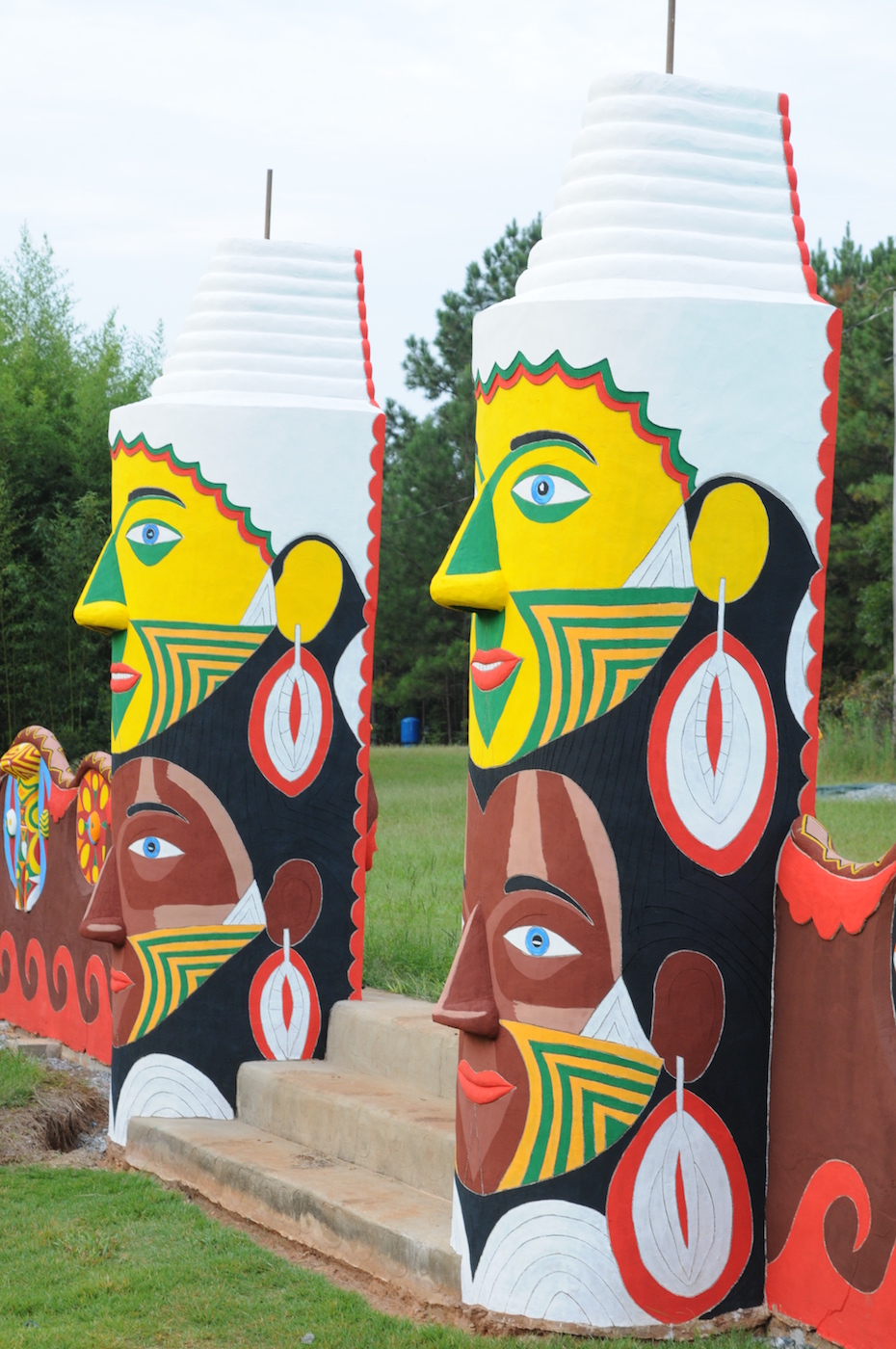
The Pasaquan art environment in western Georgia (courtesy the Kohler Foundation) (click to enlarge)
The Kohler Foundation has a special focus on self-taught art in their philanthropy, preserving sites in situ where possible, while protecting others through acquisitions, such as Emery Blagdon’s “Healing Machine” of wire mobiles and paintings and Loy Bowlin’s “Beautiful Holy Jewel Home” covered in rhinestones, both now at the John Michael Kohler Arts Center in Wisconsin. Pasaquan was an especially involved commitment. Volunteers cared for the site since Martin’ssuicide in 1986, and Pasaquan was listed on the National Register of Historic Places in 2008, yet a lack of funding meant paint still chipped and faded from the concrete, termites creeped in, and structures became unstable. The Kohler Foundation launched the conservation project in 2014, with Pasaquan gifted at its completion to Georgia’s Columbus State University. As part of that gift, the university created an archive called In Transition: The Visionary Art Environment of Pasaquan, and students will be involved with future programming and conservation, with an artist-in-residence at one of the cottages for more regular care.
“We were approached about preserving this art environment a decade ago and declined,” Yoho explained. “The Pasaquan Preservation Society persisted and came back with an additional request for preservation assistance, and this time we visited and took a careful look at what it would take to do the work.”
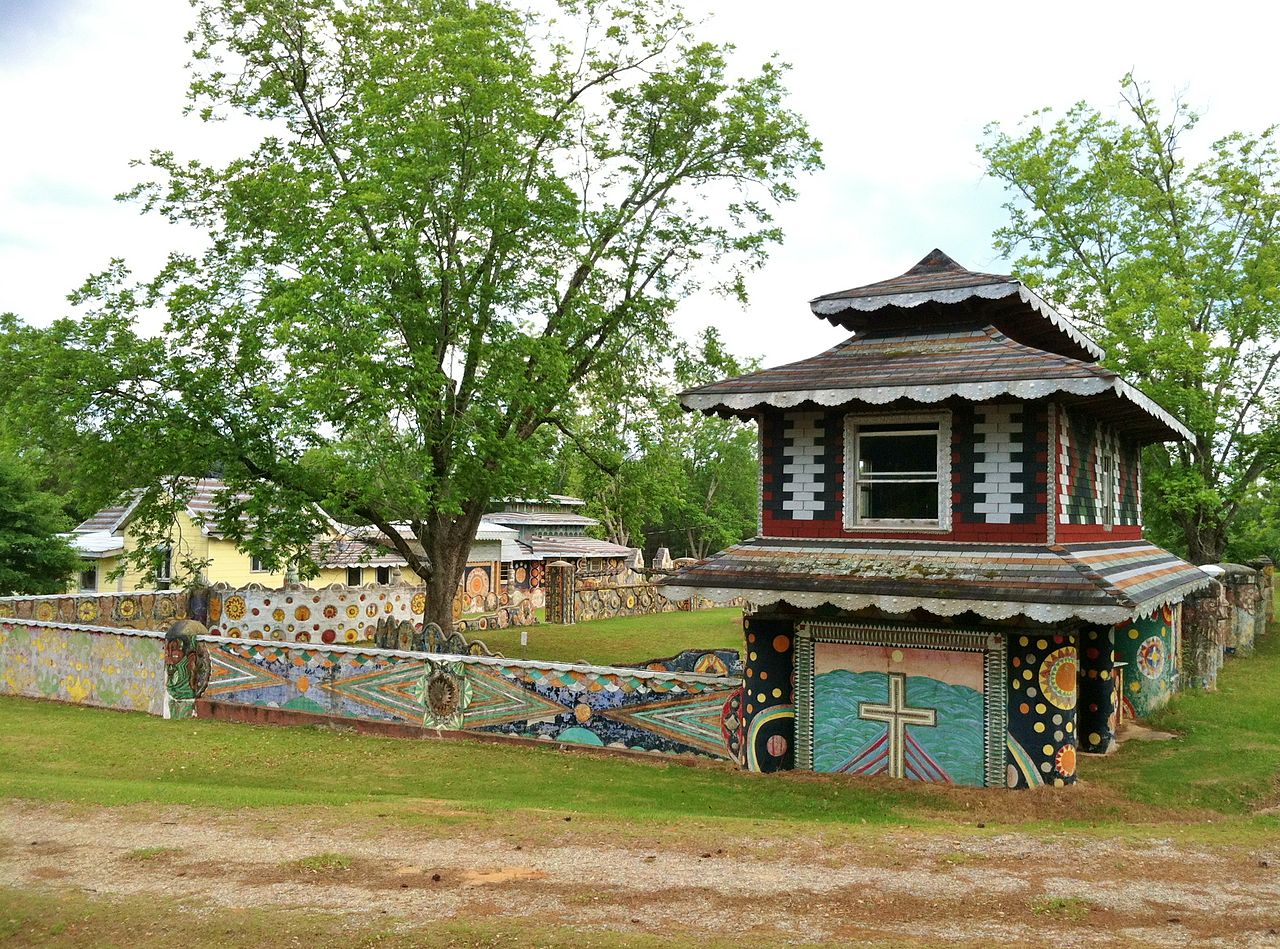
Pasaquan in 2012, before the recent preservation work (photo by Rivers Langley/Wikimedia)
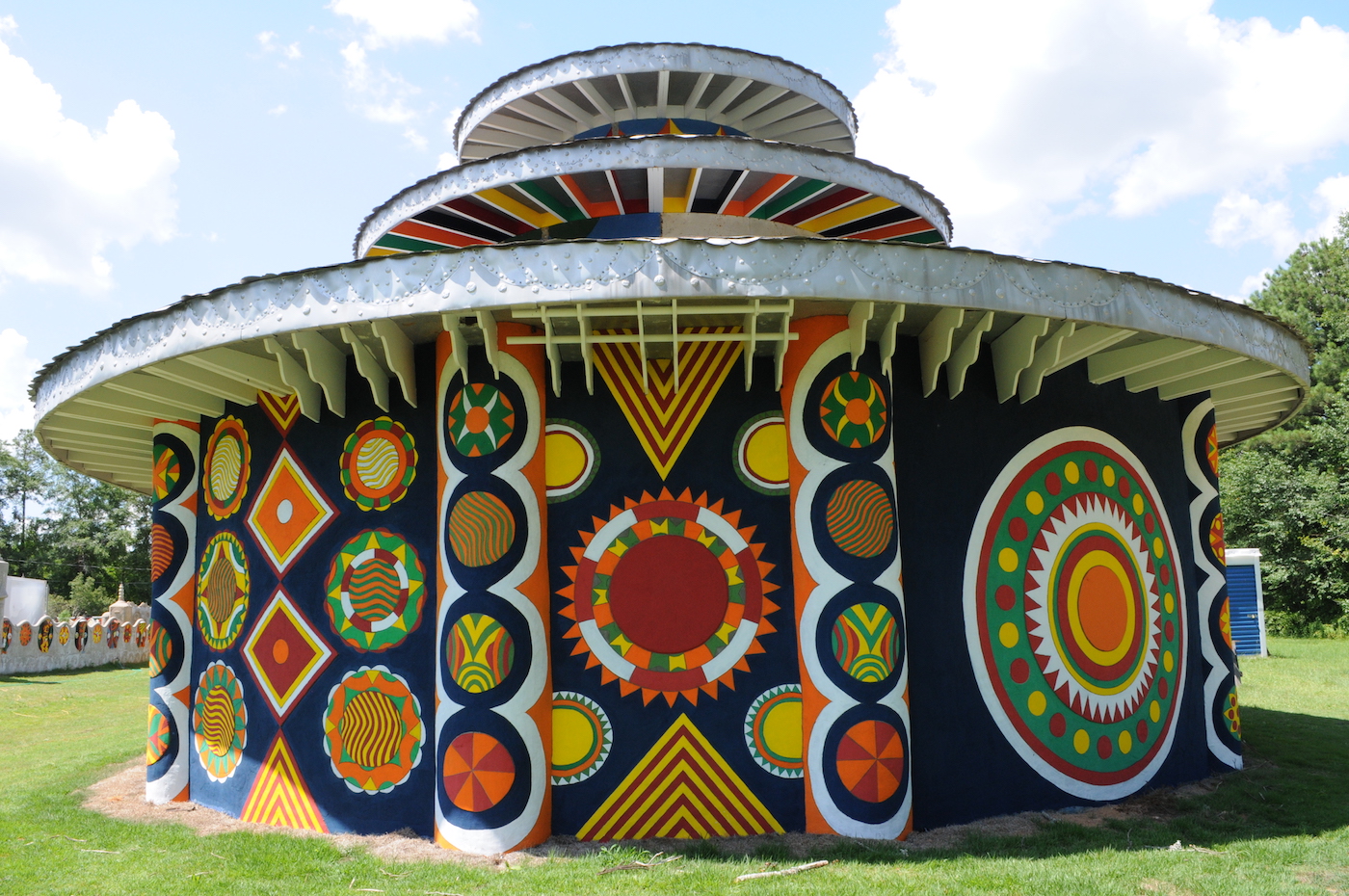
The Pasaquan art environment in western Georgia (courtesy the Kohler Foundation)
Conservators with International Artifacts in Houston and Los Angeles, and painting conservators from Parma Conservation in Chicago, collaborated with a team including craftspeople from Kansas and Wisconsin. Together they stabilized mixed media art involving metal and felt, worked on foundations, treated hammered tin roofs and floors, and mended cracks.
“A massive undertaking, but two years later, it is now the masterpiece St. EOM intended,” Yoho said. “There was no alternative — this site is so important within the field of self-taught art and art environments that we were compelled to make it happen. Thankfully, we had the full support of our board and we knew that we had the best possible recipient ready to become stewards of the site into the future. Columbus State University brings a wealth of talent and vision to the project.”
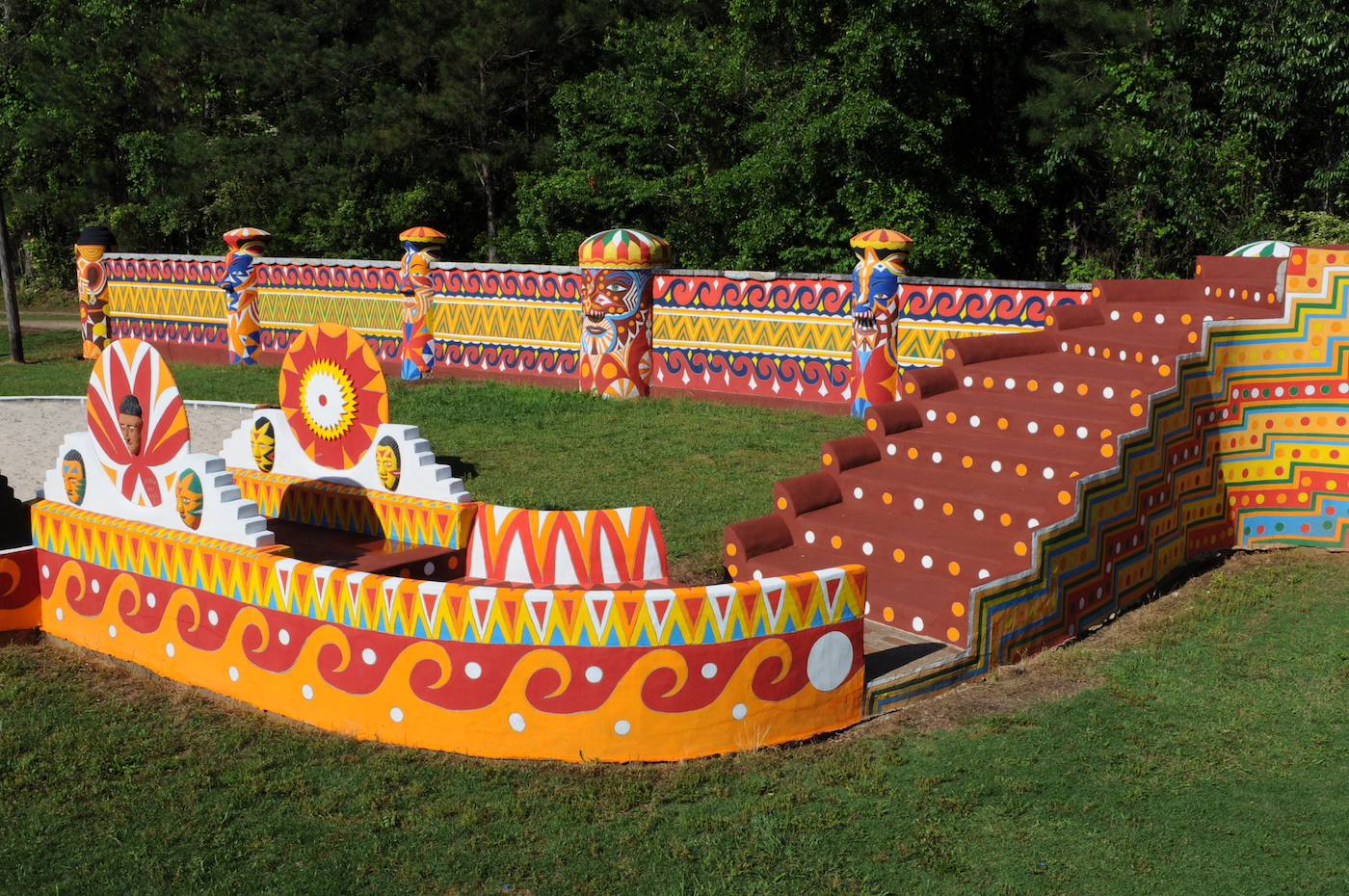
The Pasaquan art environment in western Georgia (courtesy the Kohler Foundation)
Martin was born to poor Buena Vista sharecroppers in 1908, and ran away to New York City at the age of 14. There he learned art, fortune telling, and hustling. In the 1930s, he had his first vision of spirits compelling him to start his one-man religion of “Pasaquoyanism,” and in the 1950s he started work on his personal sprawling mecca at his former family farm. He would spend three decades on Pasaquan, eventually building six structures surrounded by 900 feet of masonry fence. Inspired partly by his travels to Mexico, Guatemala and the Yucatan peninsula, vaguely pre-Columbian imagery mixes with Buddhist mandalas and Christian crosses in bright primary colors. Martin styled himself along with the environment, wearing multi-colored capes and cloaks, along with headdresses adorned with feathers and jewelry made from twigs and plastic beads that mingled with his long beard and uncut hair.
Tom Patterson, author of the biography St. EOM in the Land of Pasaquan: The Life and Times and Art of Eddie Owens Martins, wrote in a 1987 essay for Bomb magazine:
St. EOM was the quintessential American outsider artist — a mad, creative genius who insisted on remaining far outside the mainstream of society. He devoted the last half of his life to recreating himself in his own bizarre image of “the complete, natural man,” and for some this may seem evidence enough of his madness. But it is the evidence of his genius that screams loud and clear in eye-popping, living, local color at Pasaquan. Whatever one chooses to make of his oddly checkered career and his far-fetched ideas about ancient art and culture, it’s hard not to be awestruck in the presence of this marvel built into the landscape in the middle of the American Nowhere.
While the grand opening is planned for October, group tours are currently available to schedule. Columbus State University also has an interactive site map you can explore online.
“What really differentiates this project is the fact that it has literally changed lives,” Yoho stated. “All of us were changed by the two years spent working at Pasaquan. The community has new life, Marion County has a new respect for tourism and what Pasaquan can do for the area, the school is excited about art programming, young local men worked side-by-side with our conservators and they now have marketable skills and bright futures, and our team has been incredibly inspired and our hearts warmed by the support and friendship extended to us while in Buena Vista.”
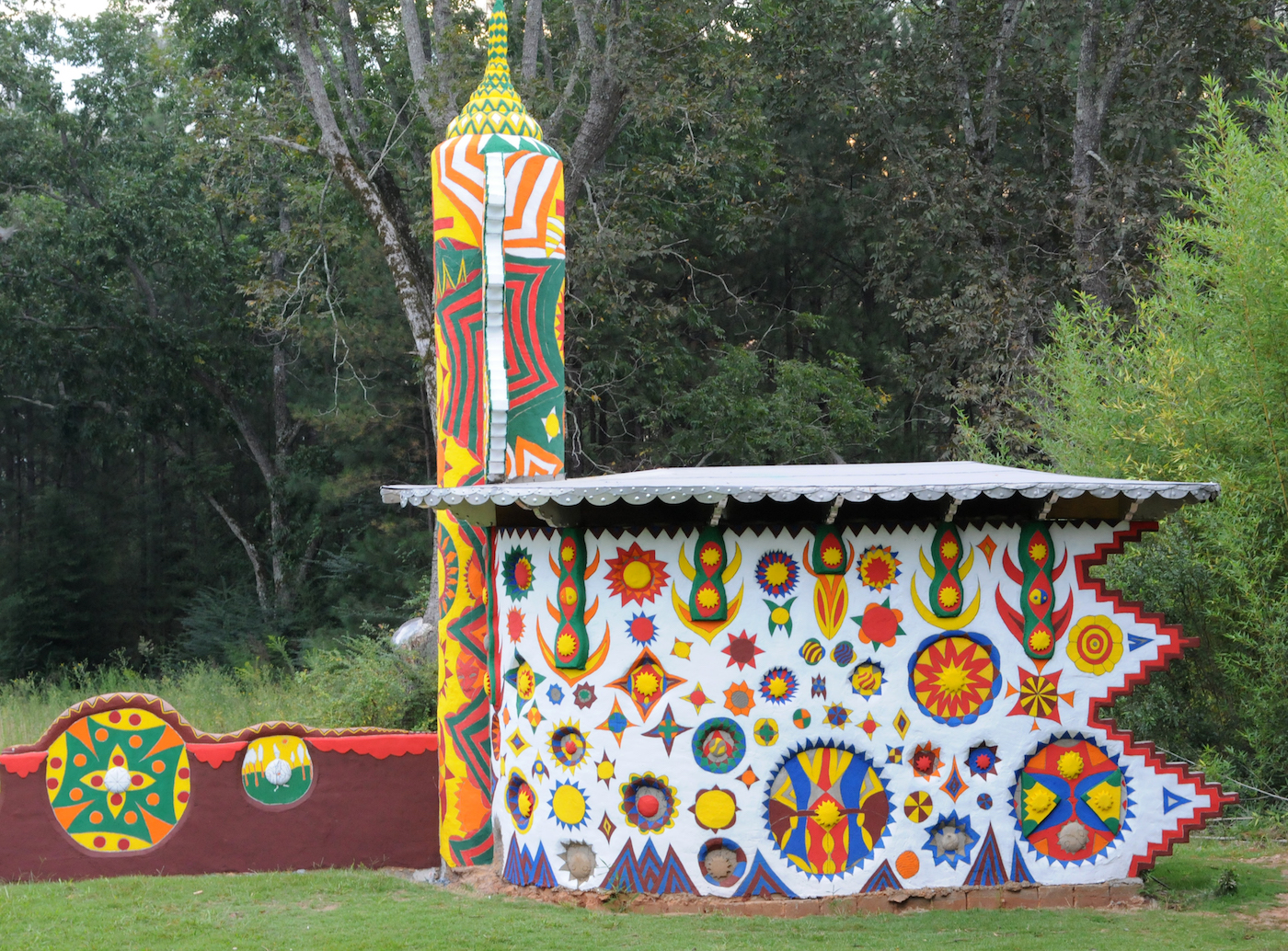
The Pasaquan art environment in western Georgia (courtesy the Kohler Foundation)
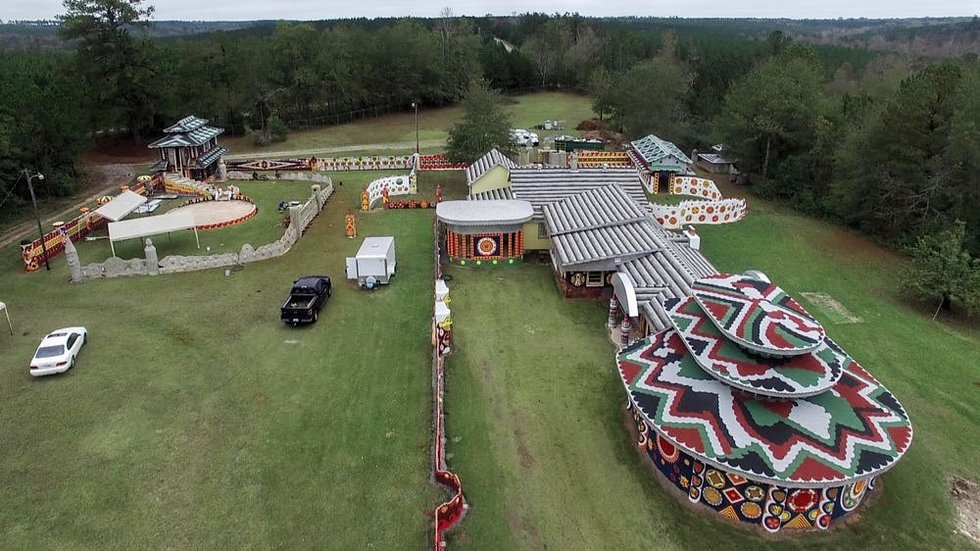
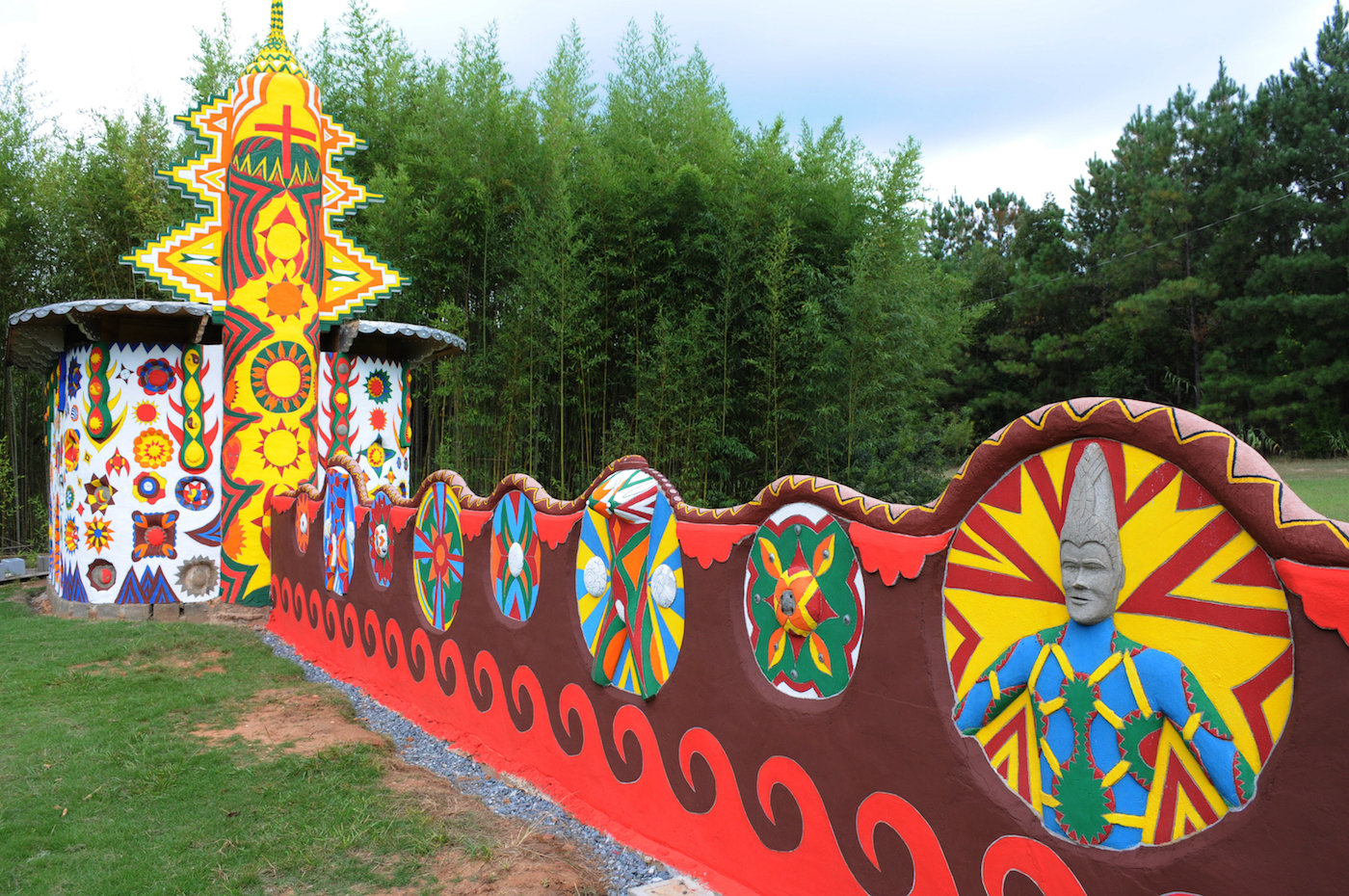


Comments
Post a Comment